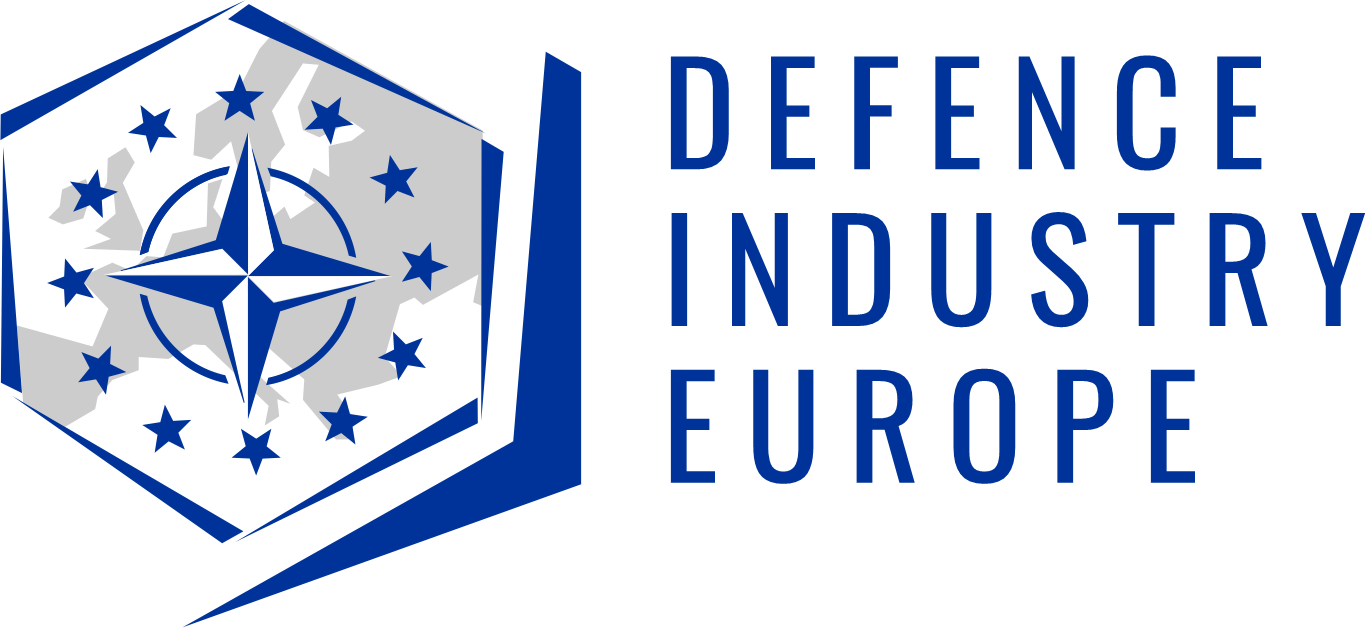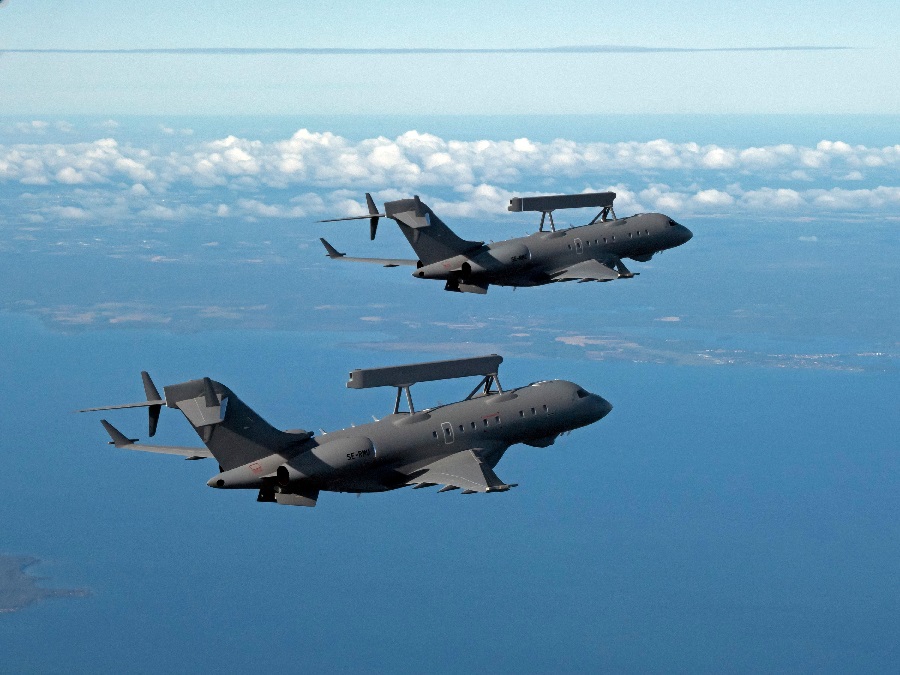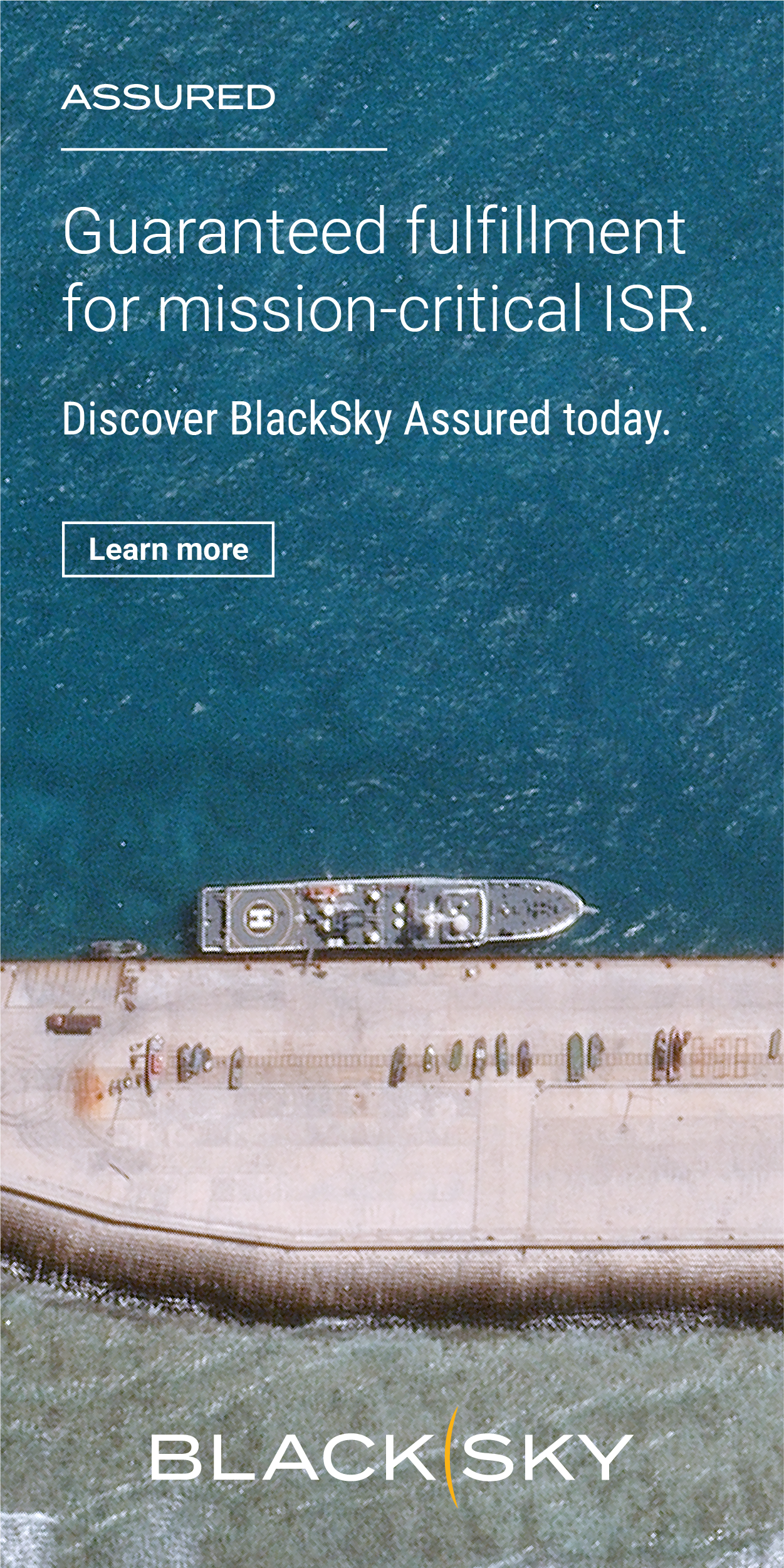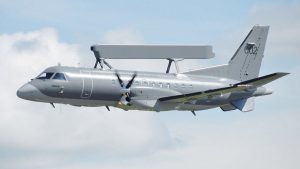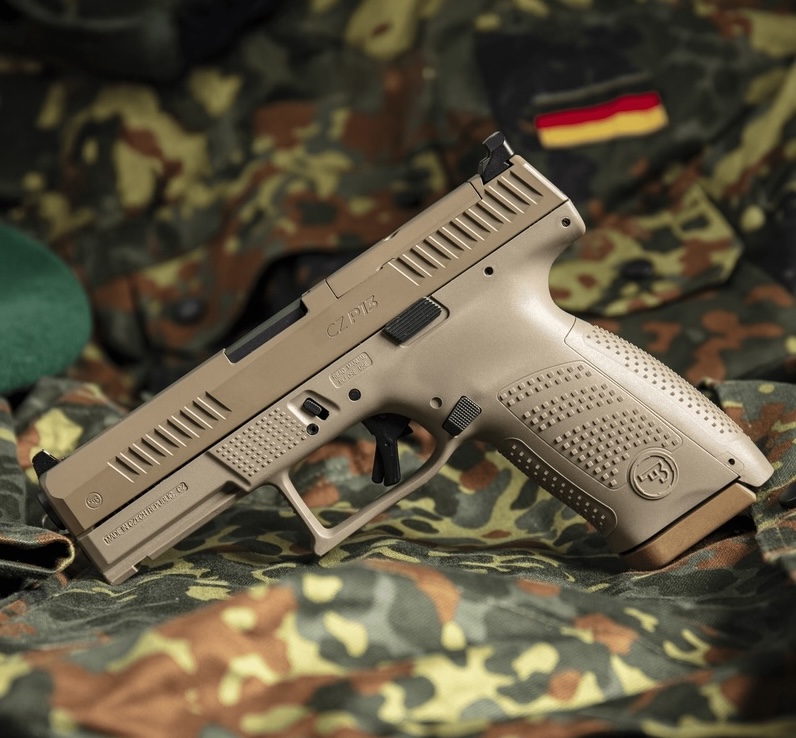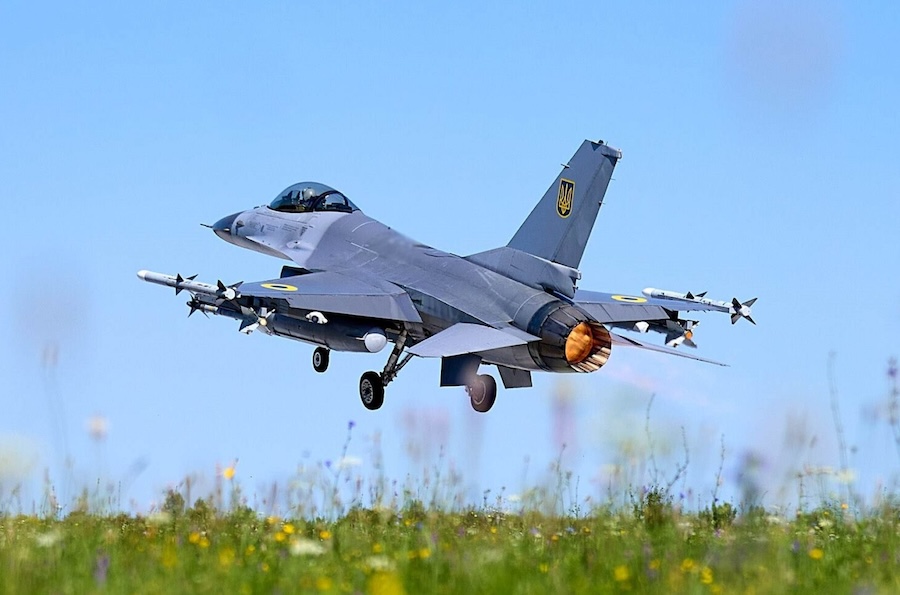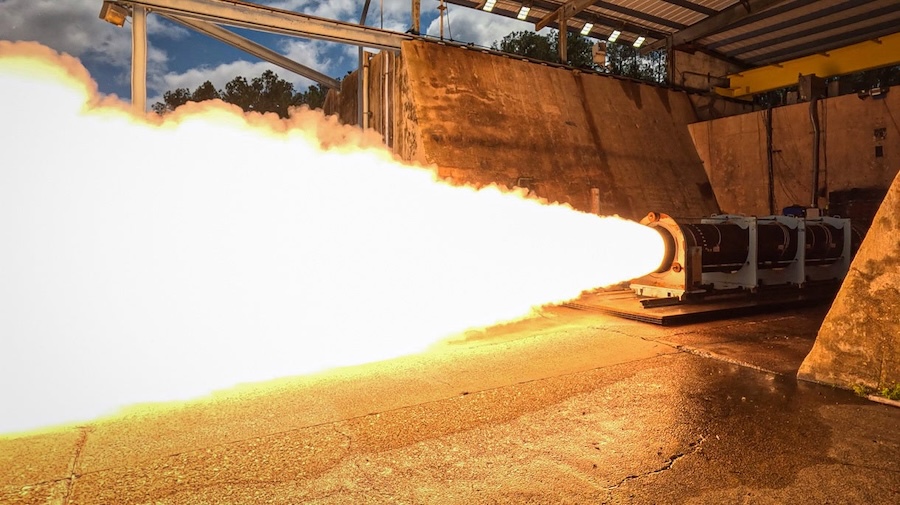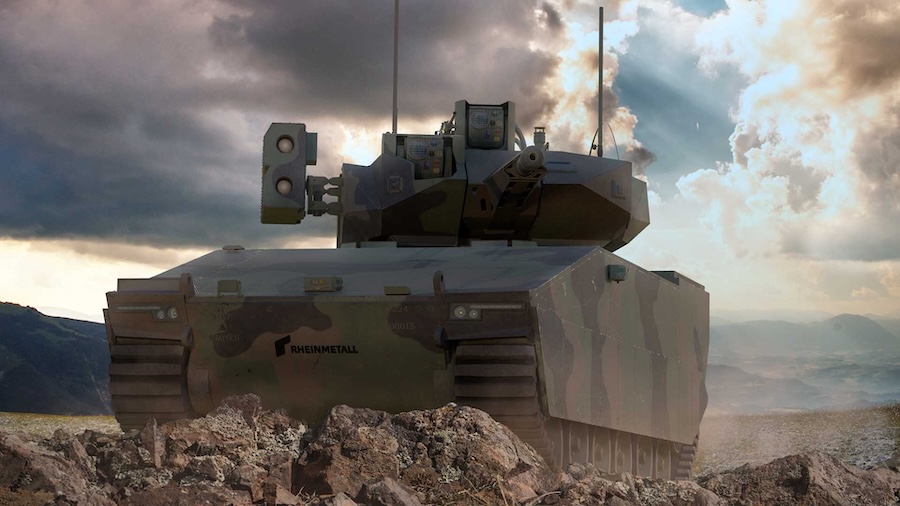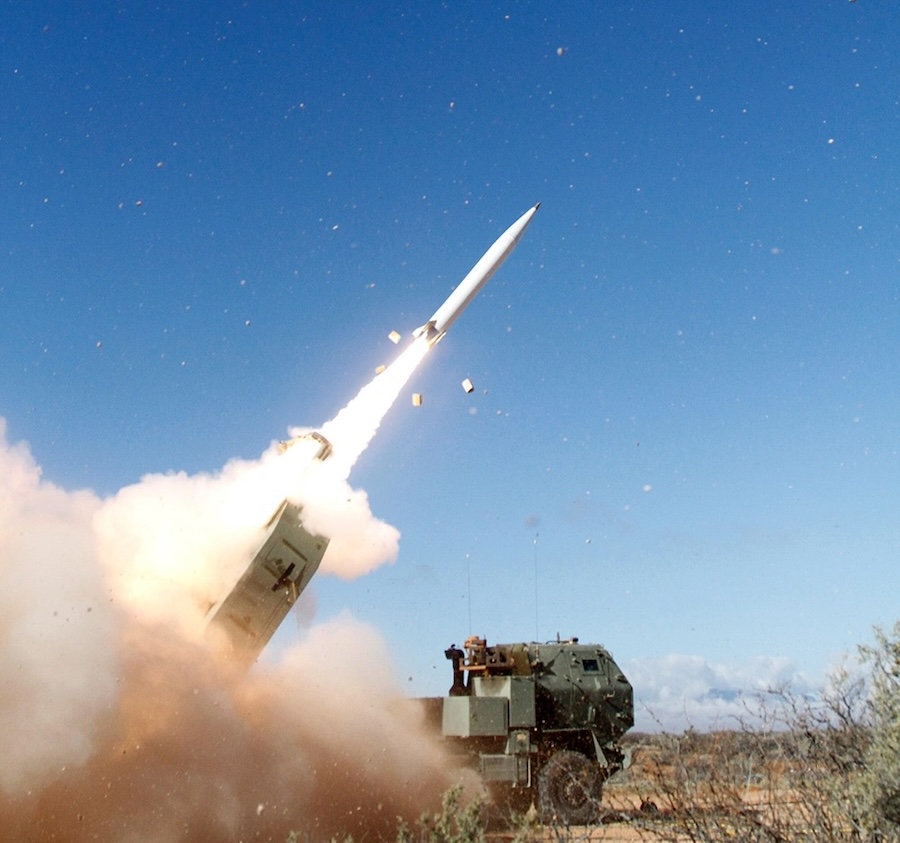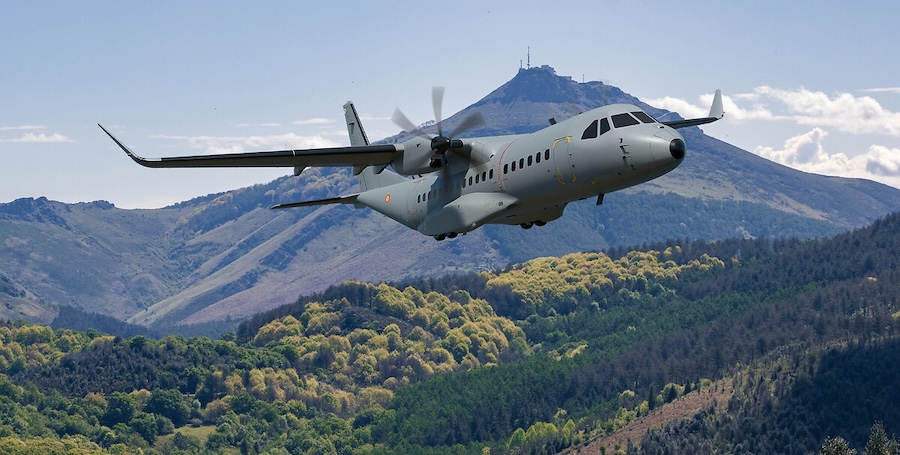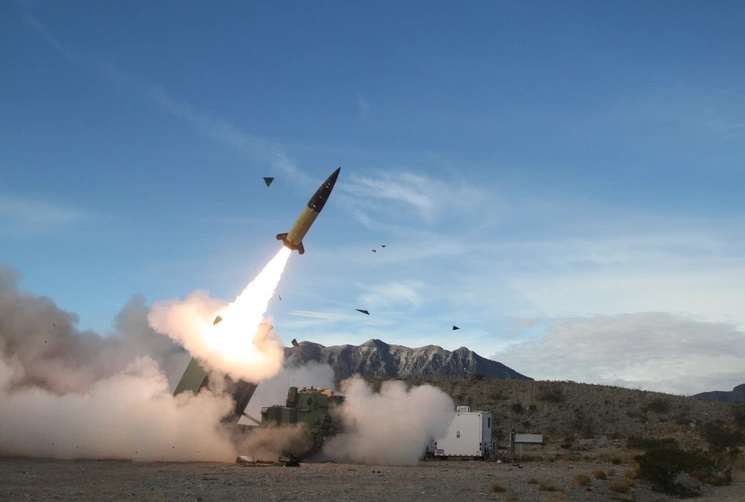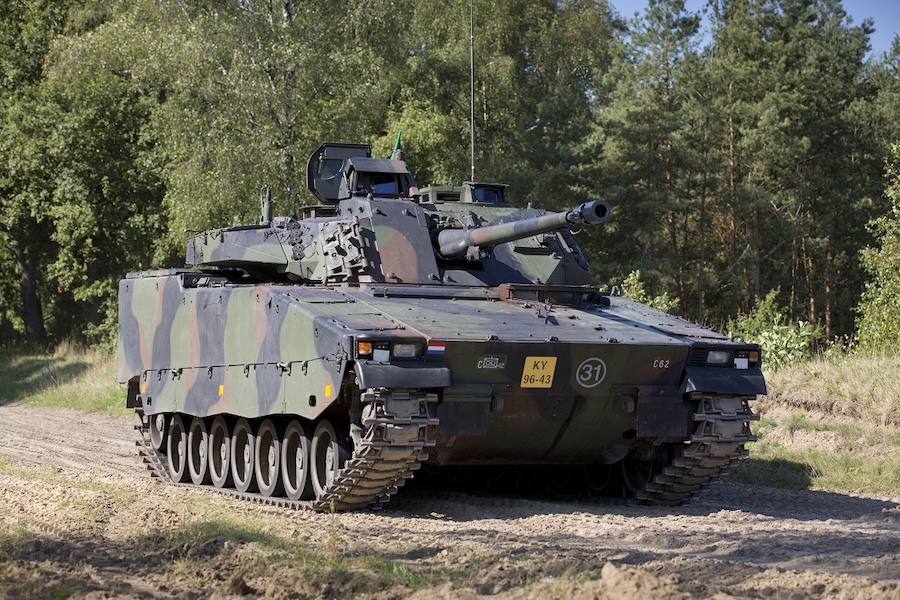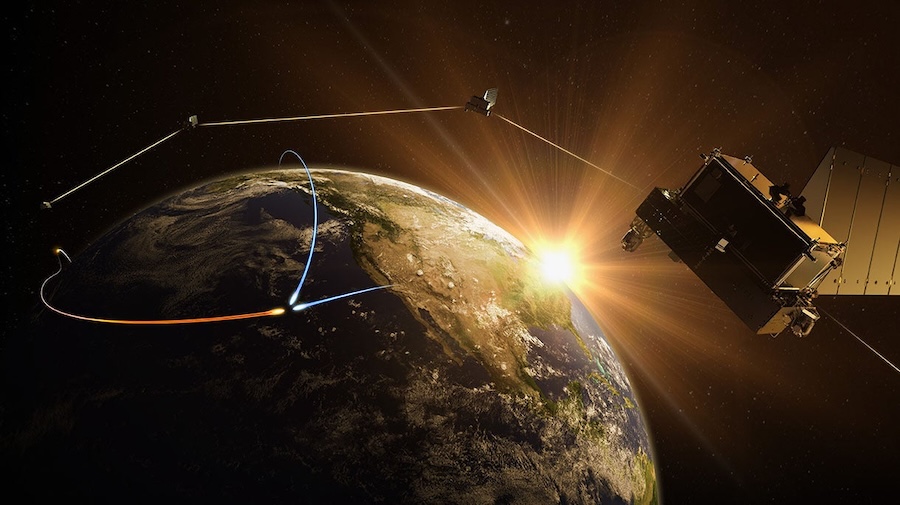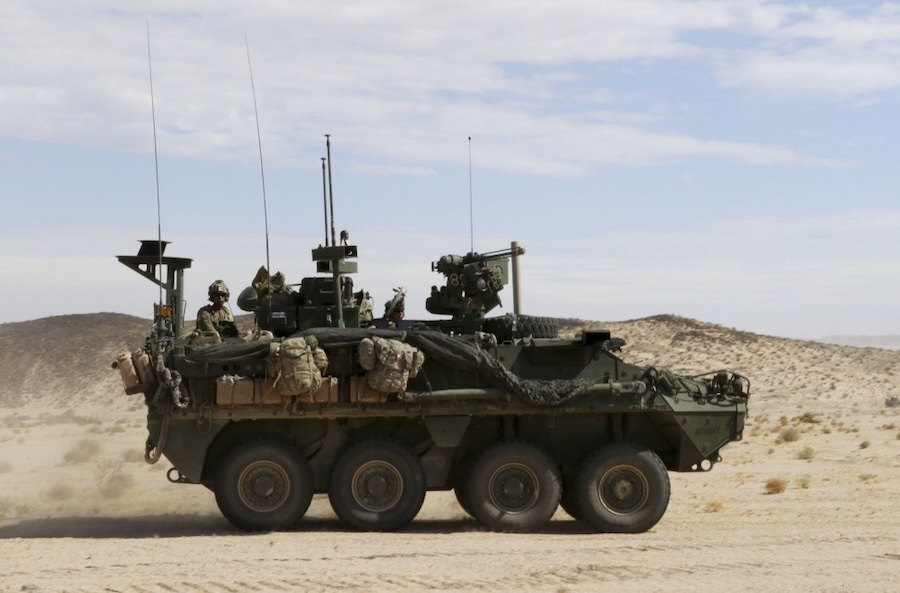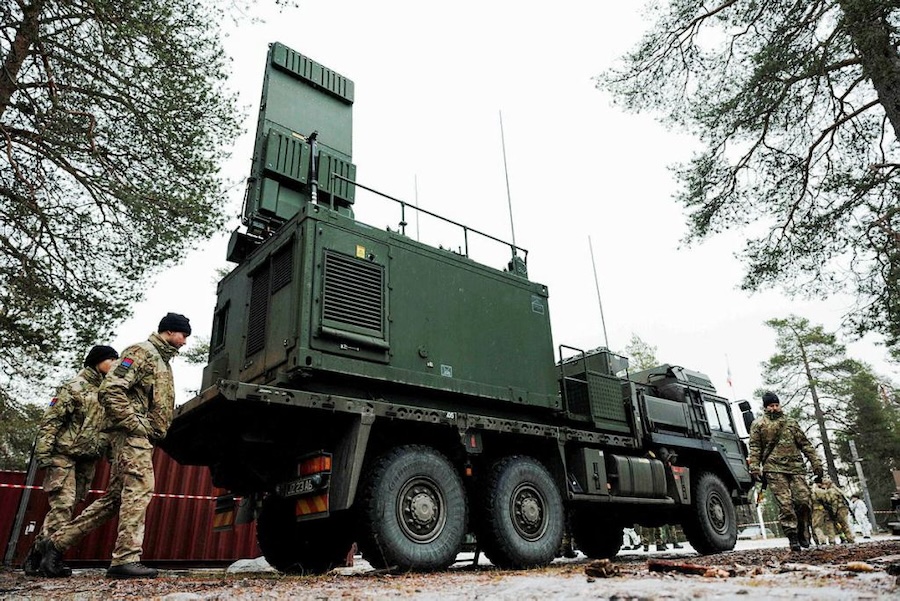The E‑3 Sentry, a Boeing 707 adaptation with a distinctive rotating radar dome, has served as NATO’s airborne radar and command platform since the Cold War. NATO currently operates 14 E‑3s from Geilenkirchen, Germany, with France maintaining four additional aircraft.
While ageing, this fleet remains integral to alliance air operations. Its proposed successor, the Boeing E‑7 Wedgetail—equipped with a modern electronically scanned MESA radar—had been adopted by nations including Australia, Britain, South Korea, Turkey, and planned for six NATO units by 2031. The USAF planned to acquire 26 E‑7s by 2032.
Last month, however, the Pentagon unexpectedly abandoned the E‑7 programme due to significant cost increases – $588 million to $724 million per aircraft – and survivability issues. Instead, the U.S. Air Force plans to rely on the less capable E‑2D Hawkeye and an expanded space‑based sensor network, including support for the Golden Dome missile‑defence initiative.
Experts interviewed by CEPA warn that substituting Wedgetails with Hawkeyes and satellites diminishes AEW capacity. The E‑7 offered greater coverage and resilience; space systems, while promising, may not yet match the responsiveness and reliability of manned radar aircraft.
The cancellation raises complications for NATO. Europe lacks an indigenous AEW replacement, and developing and maintaining a space-based equivalent would demand substantial investment. One alternative is Sweden’s Saab GlobalEye, a conversion of a Bombardier business jet that costs half as much as the E‑7, although its radar may be less advanced. Several European nations—Sweden, France, Denmark—are already considering GlobalEye acquisitions.
However, potential shifts are far from certain. Political pressure within the U.S. and from Boeing may revive the E‑7 programme. NATO countries could also proceed with Wedgetail purchases independently of the United States—Britain being a case in point—or opt for GlobalEye. Despite these options, the current U.S. move leaves the alliance without a clear, shared future airborne early-warning platform.
In conclusion, the CEPA article highlights a critical moment for NATO’s AWACS capability: the U.S. withdrawal from the E‑7 project has left allies considering alternatives—European-manufactured jets or unproven space-based systems—but without an agreed replacement, the future of NATO’s airborne radar capabilities remains uncertain.
Source: CEPA.



